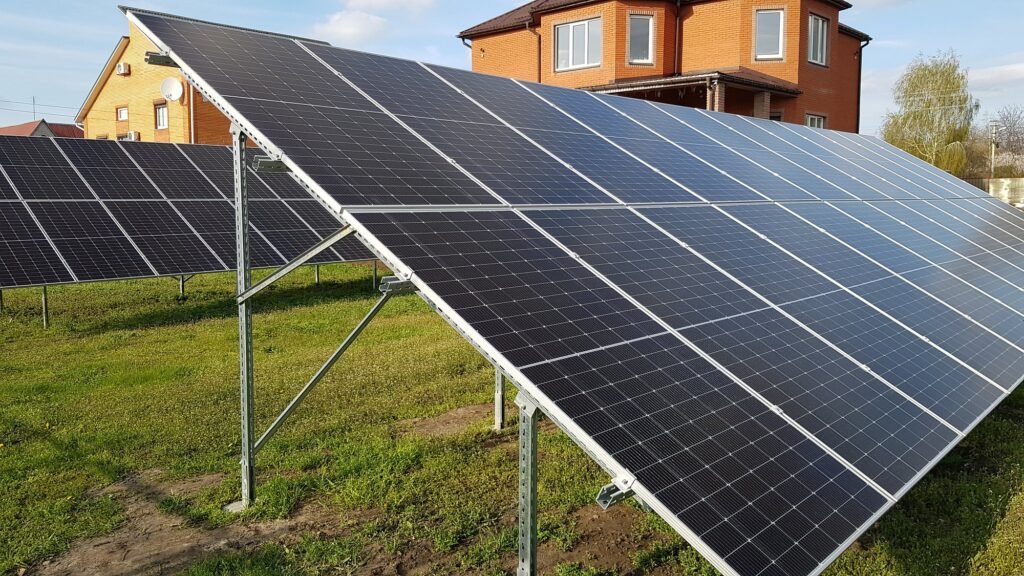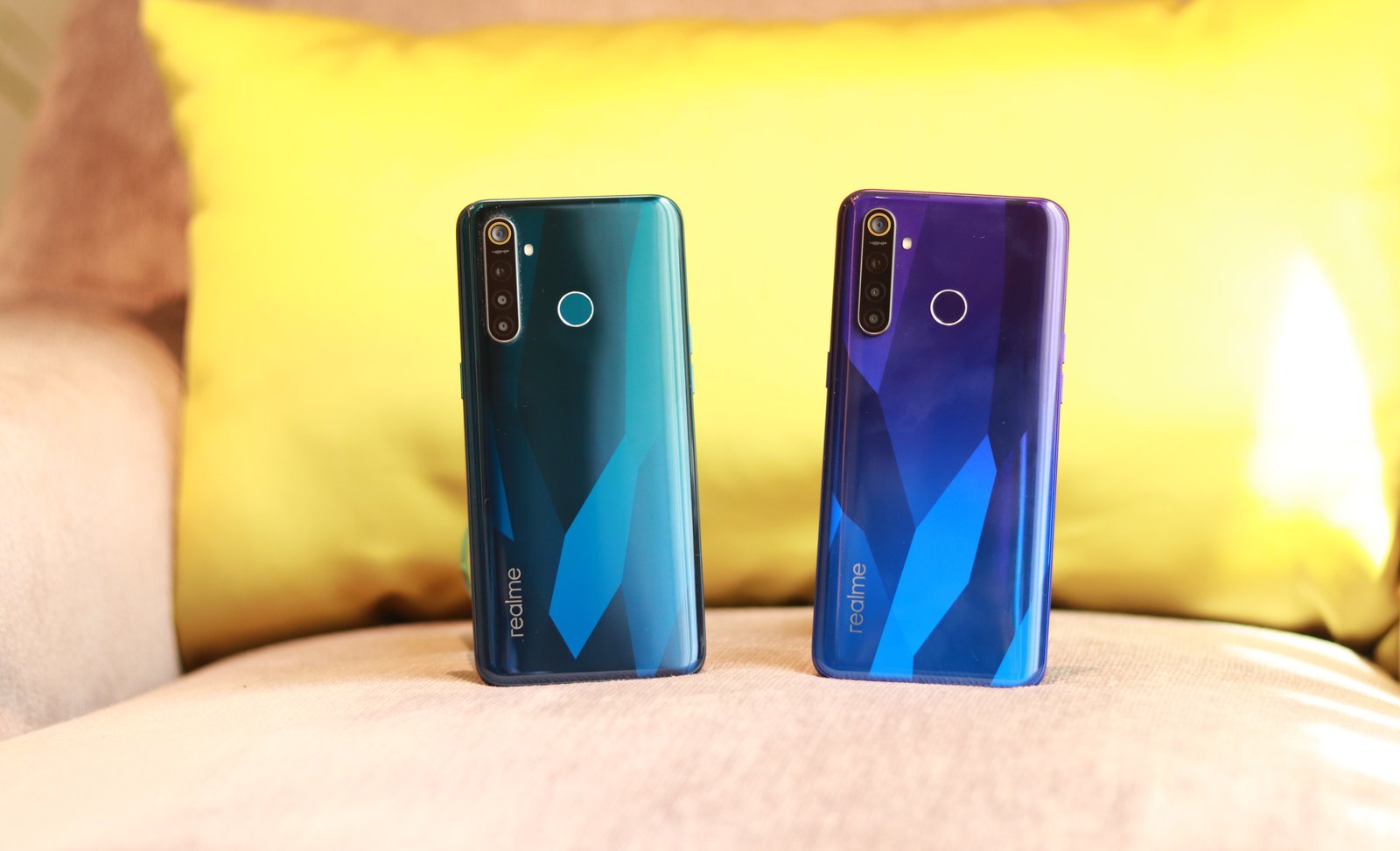In just a few years, they have gone from being a futuristic artifact to another part of our everyday lives. We explain how solar panels work, which is one of the keys to renewable energy in the future.

Solar panels have gradually become part of the urban landscape. If you look at the roofs of newly built buildings, you will find them, as in most cases they are mandatory.
You might also see them as a roof for the unpopular “parking meters” or the even more hated traffic cameras.
But how do they work?
This is how the sun’s energy is compressed
To summarize and simplify, the process looks like this:
The sun’s rays hit plates made of semiconductor materials, which convert the received energy into electricity.
The so-called solar cells are responsible for this transformation . They form solar panels and are small elements made of crystalline silicon or gallium arsenide.
How do solar panels work?
Solar cells are mixed with other components such as phosphorus and boron to form two parts: one charged with negative electrons and one with positive ones.
When a solar cell is exposed to the sun, photons manage to move electrons from the part where there is an excess of negative charge to the part where there is no negative charge. This movement of electrons creates Solar Self-Consumption energy .
As the photons release electrons , more and more electricity is generated. Electrons that are not used or come from the wind return to the negative panel, causing everything to start over again in an endless process .
This produces direct current , which is stored in batteries until it is converted to alternating current (the one that reaches your home) through voltage inverters.
What are voltage inverters?
To know what the function of these devices is, it is necessary to know that direct current , as its name suggests, has a regular flow and flows in only one direction.
In contrast, alternating current has constantly changing strength and direction with varying intervals of troughs and peaks.
Voltage inverters smoothly and seamlessly change the direction of direct current and convert it into alternating current. So what? So that it will be useful to you, as most household appliances need alternating current to operate.
Also, our refrigerators, dishwashers, mini-circuits… require a specific and well-regulated voltage. With alternating current, it is much easier to change its flow and its voltage.
Types of solar panels
- Monocrystalline: These are made up of monocrystalline cells. They are very easy to recognize by their deep black color and cut corners. They are 15-25% more efficient than other models. They also last longer, as they can last up to 25 years .
- Polycrystalline: made up of polycrystalline cells. They are dark blue in colour . They are cheaper but also less efficient , although they have now been able to reduce their losses due to reflection and improve their light capture.
- Thin layer: this model is different from the previous ones. It is not a combination of several individual cells, but a sheet cut to size . Its production is simpler, which explains its low price . They are very flexible and can adapt to all types of surfaces, so they are increasingly used in homes.
Source of information: fps.kz






















ОТВЕТИТЬ